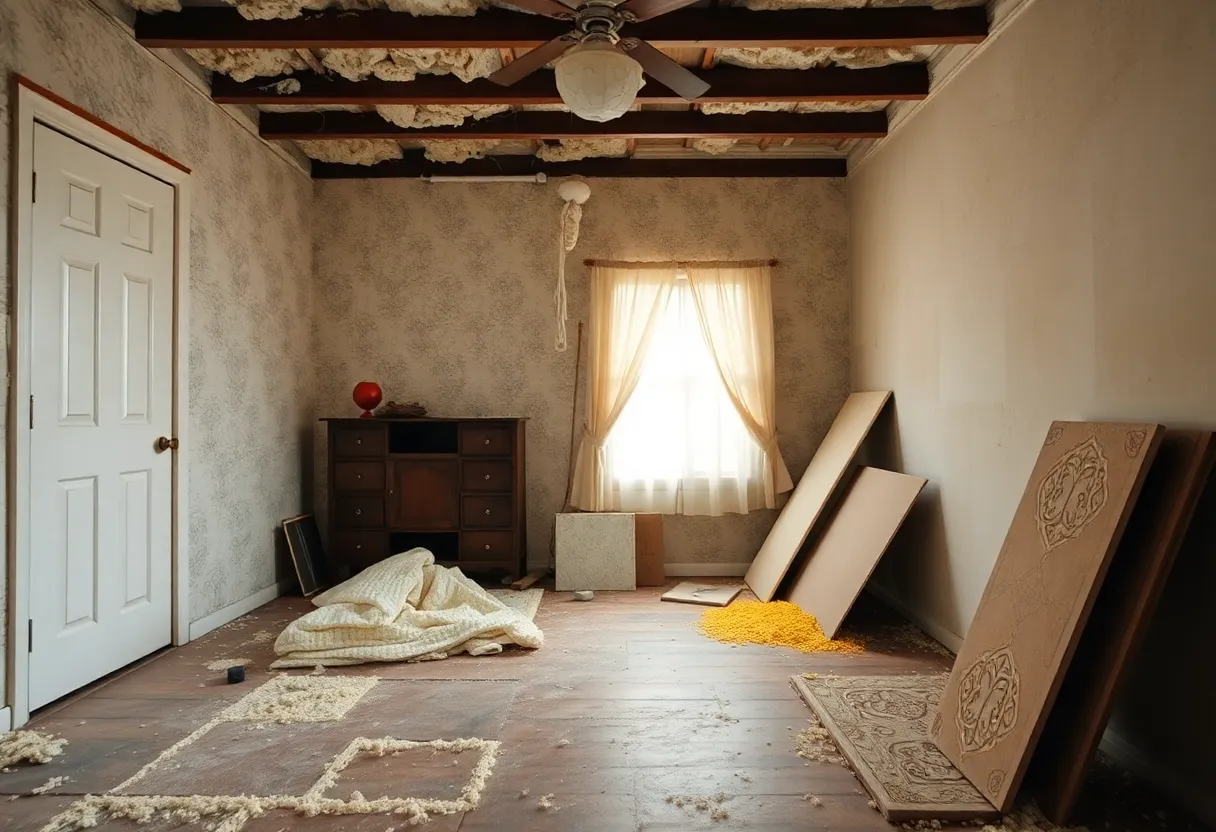News Summary
Recent research published in ‘Frontiers in Public Health’ unveils significant findings regarding asbestos exposure and its risk of mesothelioma. A team of researchers analyzed various asbestos fiber types and established threshold levels, particularly noting differences in risk between chrysotile and crocidolite fibers. This study aims to enhance safety standards and improve regulations for workers potentially exposed to asbestos, illuminating the relationship between exposure levels and cancer development.
New Study Finds Threshold Levels for Asbestos Exposure and Mesothelioma Risk
The dangers of asbestos are no light matter, and with the ongoing battle against mesothelioma, a rare and aggressive cancer linked directly to asbestos exposure, recent findings are shedding new light on exposure thresholds. A compelling study published in the journal Frontiers in Public Health aims to tackle the longstanding question: Is there a specific level of asbestos exposure required for this deadly cancer to develop?
Collaborative Efforts Between Experts
Working in cohesion, a dedicated team of researchers from Gradient, Chemistry & Industrial Hygiene, Inc., and the Department of Geology at the University of Maryland embarked on this critical investigation. They concentrated on understanding the impact of different types of asbestos fibers on human health, a pressing concern in occupational safety and public health circles.
The team scrutinized historical exposure data to identify whether threshold levels of asbestos could be established. This research holds significant implications, potentially reshaping how safety standards and risk assessments regarding asbestos exposure are formulated.
Identifying Asbestos Fiber Characteristics
In their research, scientists looked closely at various types of asbestos fibers encountered in occupational settings. Each type exhibits unique characteristics that lead to varying risks of mesothelioma. By analyzing the gathered data and employing advanced statistical models, the researchers could pinpoint specific fiber properties—such as fiber width, length, and rigidity—that correlate with a higher incidence of mesothelioma cases.
Intriguingly, they discovered that not all asbestos fibers pose the same risk. A marked difference emerged between chrysotile (white asbestos) and amphibole fibers, such as crocidolite. The findings indicated a significant disparity in the threshold levels associated with these types. For instance, chrysotile showed a threshold around 90 fiber-years per cubic centimeter, while the more dangerous crocidolite fibers presented a much lower threshold of just 0.25 fiber-years per cubic centimeter.
The Mystery of Mesothelioma Development
While the exact mechanisms that lead to mesothelioma remain elusive, researchers note a connection between biological processes and asbestos exposure. Factors such as tissue inflammation, the ability for cells to survive, and the release of specific proteins that may suppress the immune system could play a role in the development of this cancer.
Crucially, the researchers proposed a model suggesting that low exposure levels might not trigger these biological processes. This suggests that the body’s natural defenses can handle minor amounts of asbestos exposure without elevating the risk of developing cancer.
Implications for Worker Safety
The revelations from this study are set to enhance safety guidelines for workers and the broader public. As understanding of how exposure leads to mesothelioma deepens, more effective regulations can be put in place to protect those at risk in industries where asbestos exposure is a possibility.
If individuals find themselves diagnosed with mesothelioma or another asbestos-related illness due to prior exposure, it is crucial to seek expert assistance. There are patient advocates available to provide guidance and support, ensuring those affected can navigate their circumstances effectively.
The findings from this latest study bring hope for more rigorous asbestos safety standards and a clearer understanding of risk levels, making steps towards better health outcomes for workers everywhere. As research continues, the quest to fully understand the danger of asbestos becomes even more imperative.
Deeper Dive: News & Info About This Topic
HERE Resources
Philadelphia’s Schools Face Mesothelioma Threat Due to Asbestos
Texas Court Reviews Asbestos Claims Tied to Former Montana Talc Mine Operations
The Turbulent Situation Surrounding Asbestos Care in Libby
Asbestos Controversies in Illinois: Lessons from a Home Renovation to a Historic Theatre
The Dark Legacy of Asbestos Exposure Among Veterans: A Continual Struggle
The Truth Behind BAP1 Mutations and Mesothelioma: Clearing Up Misconceptions
The Uncertain Future of Asbestos Regulation in the U.S.
The Silent Danger of Asbestos Exposure: Urgent Need for Legal Action
Back to a Dangerous Past: The Asbestos Debate Intensifies
Concerns Surrounding Asbestos Removal and Regulations in Illinois



















